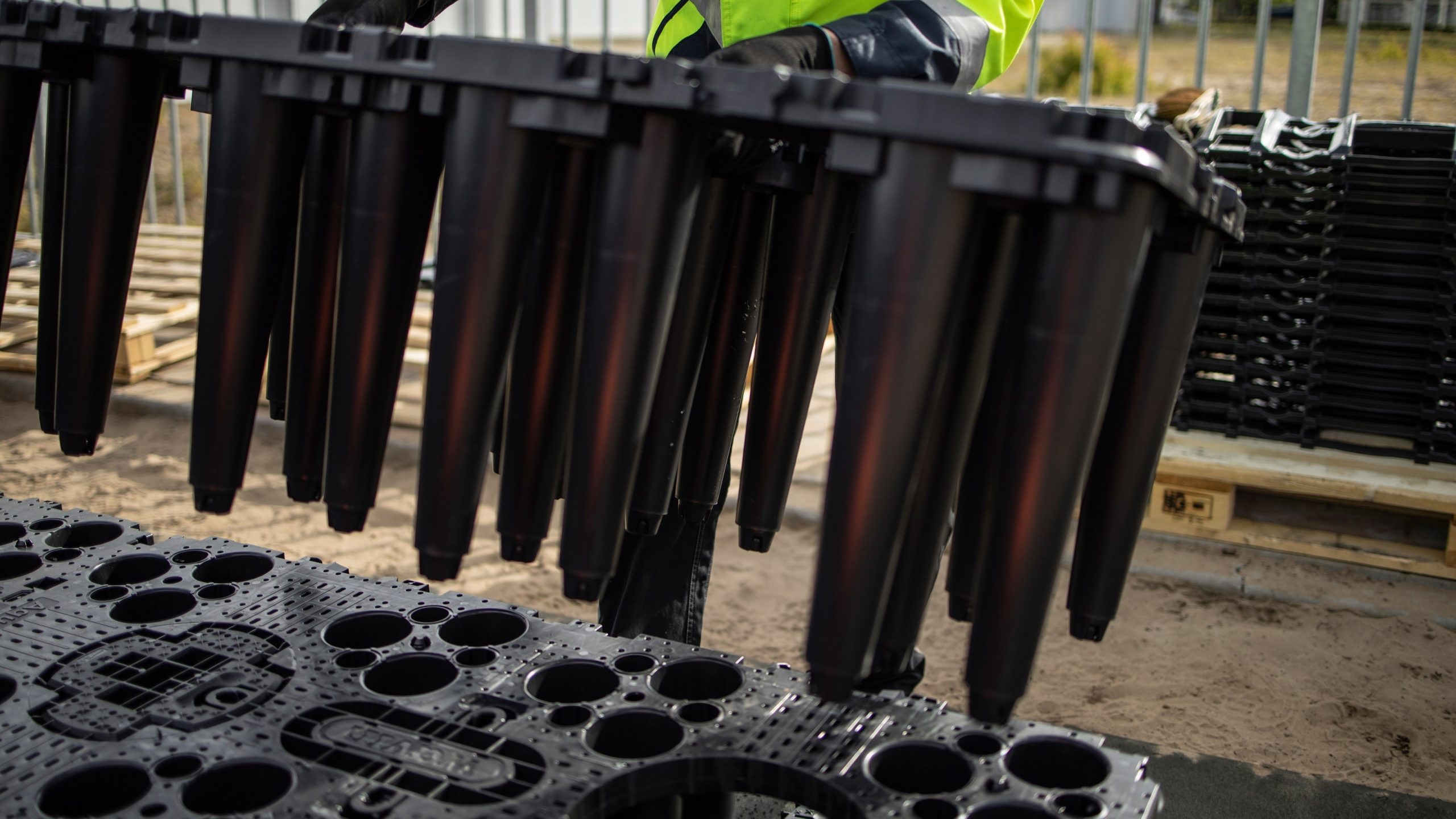
With the news that the UK experienced its hottest June on record earlier this summer, and as global temperatures continue to soar, the devastating consequences of climate change are becoming increasingly apparent.
With the average temperature at 15.8°C throughout the month in the UK – 2.5°C above average – June was both the hottest and driest June since records began in 1914. This is a pattern that has been reflected globally, with Europe experiencing a dangerous heatwave and the hottest temperature ever recorded in China in July.
When we see these rising temperatures and subsequent droughts, it is important to remember that alongside water scarcity, the associated threat of flash flooding is a very real danger. That’s because when drought takes hold, vast swathes of land remain parched, meaning that once the rain arrives less water can be absorbed into soil. This places our infrastructure under extreme pressure.
It is especially true in urban areas, where many of the existing water management systems date back decades, sometimes hundreds of years. Clearly, the challenges facing Victorian developers were profoundly different to those we face now with drought / deluge cycles, which makes upgrading our water infrastructure an urgent priority as climate change continues to bring more extreme weather patterns.
Rethinking the water cycle
Traditionally, the solution to flooding and water management was seen as getting rid of excess water as quickly as possible. This typically involves collecting heavy rainfall and redirecting to a pipe system, then sent off-site via a stormwater sewer or into a localised watercourse – all as quickly as possible. This unnatural ‘out of sight, out of mind’ approach often causes flooding further downstream, which also has implications for water quality.
Modern understanding of effective water management, however, sees the optimum approach as mimicking the natural water cycle. Systems that can effectively store heavy rainfall to prevent a build-up of surface water and decrease flow rates to localised systems are our best line of defence and will help us to mitigate the impact of the drought / flood cycle.

Modern solutions
By mirroring a more natural water cycle, sustainable drainage systems (SuDS) can help to alleviate the pressure put on localised watercourses and mitigate the impact of flash flooding following periods of drought. Their benefits are something that developers will already be familiar with, but with Schedule 3 of the Flood and Water Management Act of 2010 set to become enforced in 2024, it is crucial that developers are familiar with their regulatory obligations.
Schedule 3 will see a mandatory step introduced in the planning stage which will assess drainage systems and only allow the installation of pre-approved water management solutions in new developments. In urban locations, where space is invariably at a premium and therefore logistics take on a heightened level of importance, this presents a unique challenge to those tasked with delivering fit-for-purpose and compliant projects.
The latest technology has been designed to meet this challenge and give developers the tools they need to make crucial upgrades to infrastructure. Wavin’s AquaCell NG attenuation tank is a good example of a modern drainage system which features a unique, stackable design that’s perfect for urban projects. As higher population density leads to less space in towns and cities, this streamline design can help to improve site safety through decluttering, as well as reduce the need for frequent deliveries to sites – crucial from a logistics point of view. Having recently moved production of AquaCell NG to its Chippenham site, Wavin has shored up supply lines and ensured manufacturing of this infrastructure-critical technology is being undertaken in the UK.
The bottom line
The rising threats of drought and subsequent flooding are impacting how we approach water management. The implementation of Schedule 3 is in part a response to this, and SuDS will continue to feature prominently as we upgrade our capacity to mitigate the impact of climate change. Although the headlines of this summer paint a perilous picture, SuDS offer a robust line of defence in mitigating the impact of climate change on our infrastructure.



